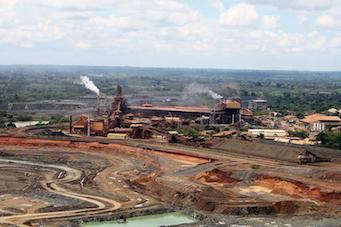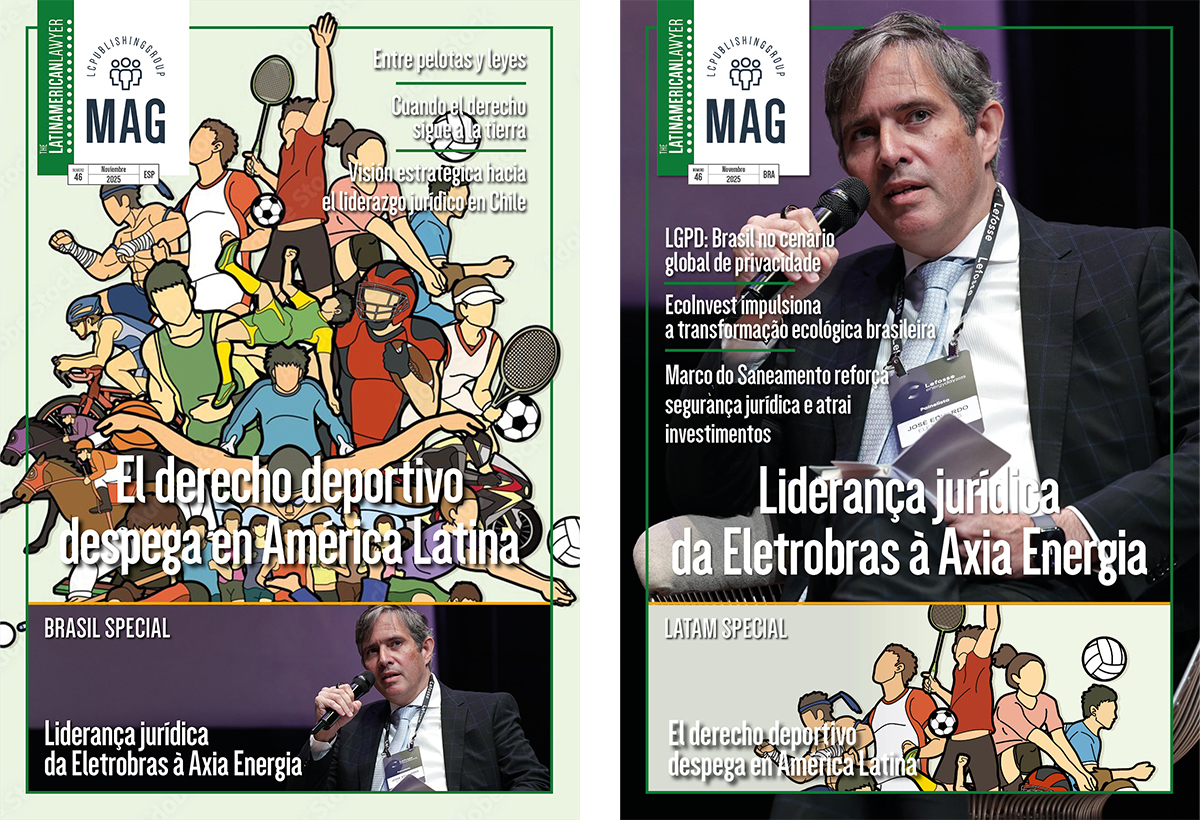Colombian indigenous communities suffer setback in Cerro Matoso ruling

Colombian mining company Cerro Matoso has won a case brought by local indigenous communities that claimed they had suffered health and environmental damage as a result of the nickel mine’s operations, despite the country’s laws supposedly providing preferential treatment to ethnic groups.
 In the collective case brought against Cerro Matoso by 3,000 indigenous inhabitants in Colombia’s Córdoba department, the inhabitants of eight communities claimed they had suffered lung, heart and skin ailments, as well as damage to agricultural land and livestock as a result of the company’s open-pit mining operations.
In the collective case brought against Cerro Matoso by 3,000 indigenous inhabitants in Colombia’s Córdoba department, the inhabitants of eight communities claimed they had suffered lung, heart and skin ailments, as well as damage to agricultural land and livestock as a result of the company’s open-pit mining operations.
Residents in the communities of Bocas de Uré, Centro América, Guacarí-La Odisea, Pueblo Flecha, Puente Uré, Puerto Colombia, Torno Rojo and San José de Uré had tested for high levels of nickel in blood and urine samples, local media reported at the time.
In March, Colombia’s constitutional court had ruled in favour of the indigenous communities and ordered the mining company to pay approximately $400 million in compensation to the affected communities. The court ruled that, as a result of the environmental damage and adverse effects on the inhabitants’ health, the indigenous communities’ fundamental rights had been violated. While it did not order the mine’s closure, it did rule that Cerro Matoso would have to apply for a new environmental licence to continue operating.
Law firm Posse Herrera Ruiz acted as adviser to Cerro Matoso in its defence, in what the law firm described as “a landmark case in Colombian jurisprudence, as it could have set a very negative precedent in an already complicated situation for mining multinationals in the country.”
Cerro Matoso (pictured), which has been in operation since 1982, is owned by Australian conglomerate BHP Billiton, which holds a 99.94 per cent stake in the asset. The mine operates as a subsidiary of South 32, a BHP Billiton spinoff which has mining operations in Brazil and Colombia, as well as in Australia and South Africa. Cerro Matoso also features a ferronickel smelter and is the world’s second-largest producer of ferronickel.
Cerro Matoso’s nickel production increased by 9 per cent year-on-year in 2017 to 89.5 million pounds.















